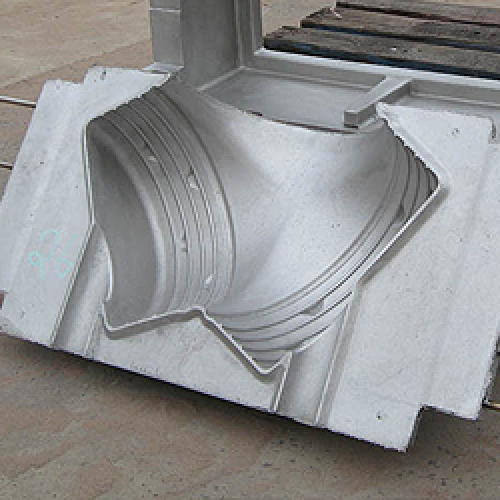Aluminium is a versatile metal, one that exhibits a lightweight profile. Used as a key material in many industries, the low weight of the material is a handy attribute but not one that works alone. The aerospace industry, for example, demands light but strong frames to cope with airborne stresses. Indeed, it’s only through the incorporation of an aluminium heat treatment stage that the physical and mechanical characteristics of the metal can match the demanding needs set by multiple applications.
Not All Aluminium Alloys Submit to Heat Treatment
Heat treatment adds or subtracts useful characteristics, but not all grades of the alloy submit to the procedure. Alloyed variants of aluminium imbued with magnesium, zinc, silicon, and copper are open to aluminium heat treatment processes. Conversely, non-heat treatable grades are processed via cold working techniques.
The Employment of Thermal Segregation
The work hardened aluminium cast or extruded alloy is a mess of heterogeneous elements, with each metal fighting for dominance. Uniformity is required at this point. Ingot preheating forms the inaugural stage of this process, with a homogenising furnace maximising equilibrium through thermal softening until each elemental component of the alloy is uniformly distributed throughout the microcrystalline matrix.
Relegating Work Hardening Effects
An aluminium component, stretched and hammered into shape or cast and pressurised with stress hardened spots is resistant to further processing. The annealing or softening of the product places a heat source across the entire structure and restores the distorted microstructure to a workable form. Solution heat treatment furthers this goal by taking the constituents of the alloy to approximately 980°F (527°C) and holds the temperature at this transitional point for an hour. The metal transforms and becomes a solid solution, thus entering a fully homogenised state.
The Quenching Operation
The quench stage locks the microcrystalline structure and traps the dissolved metals to define the initial outline of key mechanical characteristics. Rapid cooling is carried out with water, brine solutions, or various oils.
Concluding the Process with Hardening
Subsequent aluminium heat treatment techniques work at lower temperatures, taking the product through precipitation hardening and an ageing stage. The dissolved metals held in place by the quenching stage “precipitate” and create the desired form within the product, an overall mechanical profile that highlights strength, hardness, and ductility.
Key characteristics are evenly distributed throughout the alloy and finitely altered by varying the temperature of the heat treatment stage, the length of the quenching phase, and the duration of the ageing period to create strengthened grades of aluminium.

